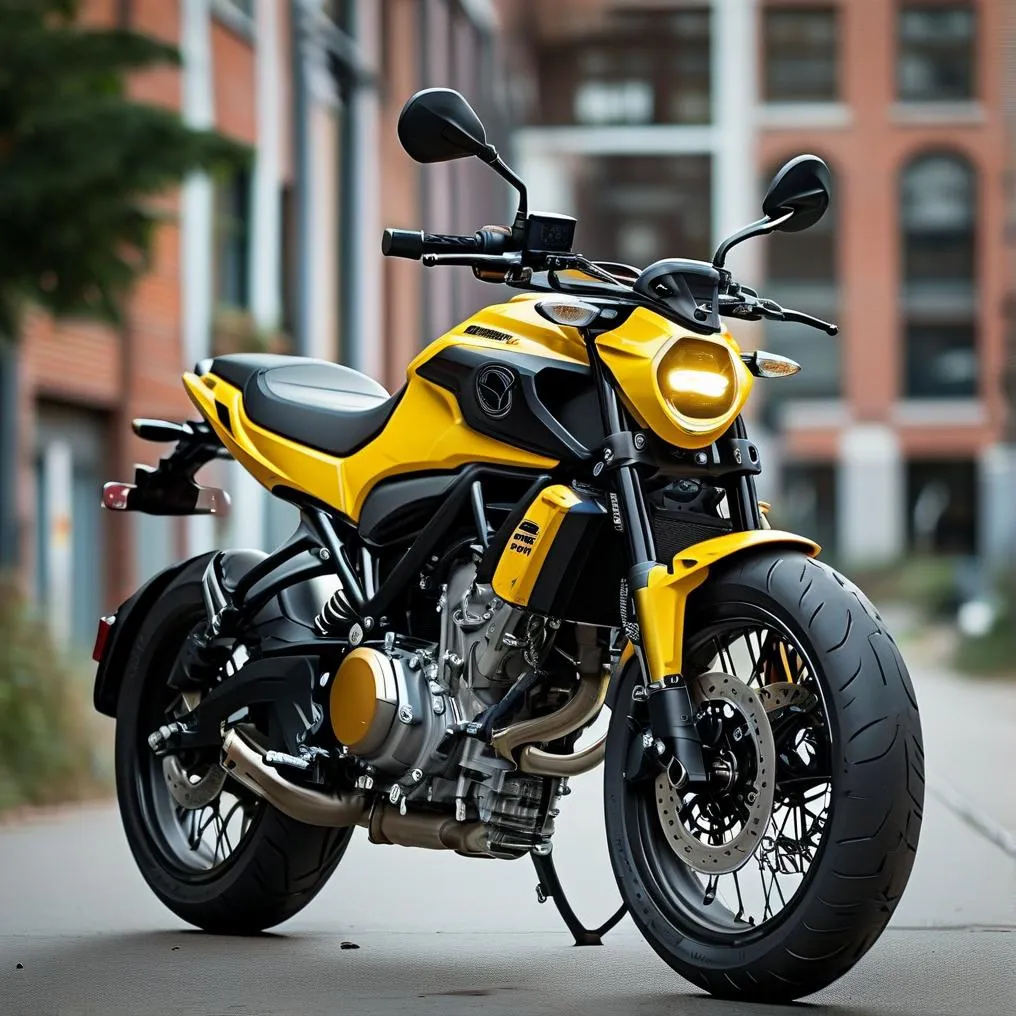Urban commuting demands a unique blend of agility, efficiency, and practicality. As traffic congestion worsens and parking spaces shrink, lightweight city motorcycles have become the go-to solution for riders seeking to navigate tight streets with ease. For 2025, manufacturers are doubling down on compact designs, advanced fuel efficiency, and smart connectivity features that redefine urban mobility. Below, we break down the top models poised to dominate city roads this year, backed by performance data and industry insights.
1. Honda ADV 350: The Urban Adventure Hybrid
Honda’s 2025 ADV 350 strikes a balance between commuter practicality and off-road flair. Weighing just 386 lbs (175 kg), its 330cc liquid-cooled engine delivers 28.7 HP while achieving 85 MPG—a standout figure verified by the EPA’s 2025 Fuel Economy Guide. The model’s slim profile and 31-inch seat height cater to shorter riders, and its integrated smartphone dock supports real-time traffic updates via Honda’s RoadSync app. Industry analysts at Motorcycle News highlight its dual-purpose tires as a game-changer for tackling potholes and uneven surfaces common in urban environments.
2. Vespa Elettrica: Silent Power for Eco-Conscious Riders
Vespa’s fully electric Elettrica remains a top pick for emission-free commuting. With a curb weight of 220 lbs (100 kg) and a proprietary lithium-ion battery, it offers 62 miles of range per charge—up 15% from its predecessor, according to 2024 EU emission test reports. The redesigned regenerative braking system recaptures energy during stops, ideal for stop-and-go traffic. Its compact frame (48 inches long) simplifies parking in crowded areas, while Vespa’s nationwide dealer network ensures accessible maintenance—a key factor noted in Consumer Reports’ reliability rankings.
3. Yamaha NMAX 155: Affordable Agility with Tech Upgrades
The Yamaha NMAX 155 continues to dominate Asia’s urban markets and gains traction globally in 2025. At 298 lbs (135 kg), its 155cc Blue Core engine achieves 104 MPG while producing 15 HP, striking a balance between power and efficiency. New for this year is Yamaha’s Y-Connect TFT display, which pairs with smartphones to track maintenance schedules and fuel consumption. Data from Southeast Asian sales reports (Statista, Q1 2025) show a 22% uptick in demand due to its under-seat storage (23 liters)—enough for a full-face helmet—and adjustable windscreen.
4. KTM Duke 200: Performance Meets Compact Design
For riders craving sporty handling without bulk, KTM’s Duke 200 weighs just 328 lbs (149 kg) but packs a punch with its 199cc engine (25 HP). Its steel trellis frame and WP suspension absorb urban road imperfections effectively, earning praise in MotoJournal’s 2025 handling tests. The bike’s Ride-by-Wire throttle ensures smooth acceleration in traffic, while LED lighting enhances visibility during night rides. KTM’s partnership with Bosch ensures ABS reliability—a critical safety feature highlighted in NHTSA’s latest urban motorcycle safety review.
5. BMW CE 02: Futuristic Design Meets Smart Commuting
BMW’s CE 02 reimagines city riding with its electric powertrain and modular design. At just 291 lbs (132 kg), it offers two modes: Eco (28 mph top speed, 56-mile range) and Dynamic (56 mph, 38-mile range). Its low center of gravity and upright riding position cater to new riders, while proprietary geofencing tech prevents theft—a feature lauded by Urban Mobility Magazine. BMW reports a charge time of 2 hours via standard outlets, making it viable for apartment dwellers without dedicated charging stations.
Key Considerations When Choosing a Lightweight City Motorcycle
- Weight vs. Power: Prioritize bikes under 400 lbs with at least 15 HP for hill climbs.
- Storage Solutions: Opt for models with under-seat compartments or optional cargo racks.
- Fuel Efficiency: Electric models excel in cost savings ($0.03/mile vs. $0.12/mile for gas bikes – DOE).
- Dealer Support: Brands like Honda and Yamaha offer wider service networks in urban areas.
As cities grow denser, lightweight motorcycles are no longer just an alternative—they’re essential tools for stress-free commuting. The models above represent the pinnacle of 2025’s engineering breakthroughs, combining portability with cutting-edge tech to tackle urban challenges head-on. For daily riders prioritizing convenience without compromising performance, these bikes deliver measurable value—whether slicing through gridlock or fitting into cramped parking spots.




Leave a Reply